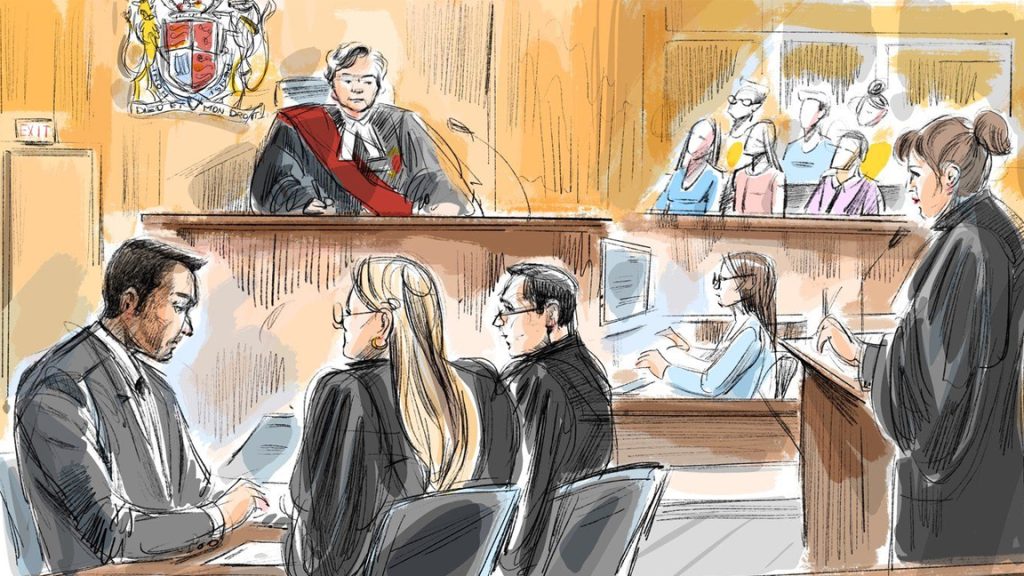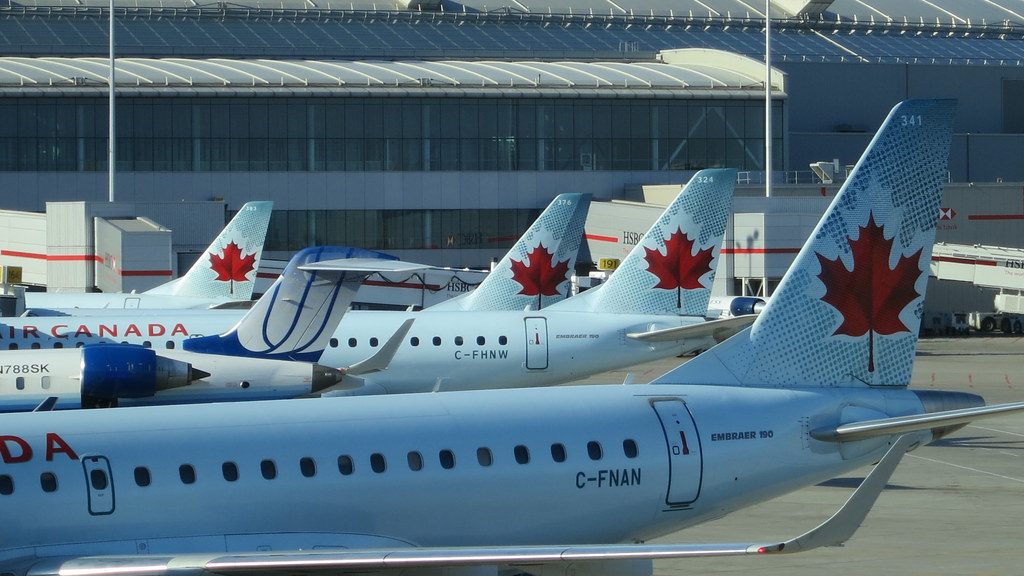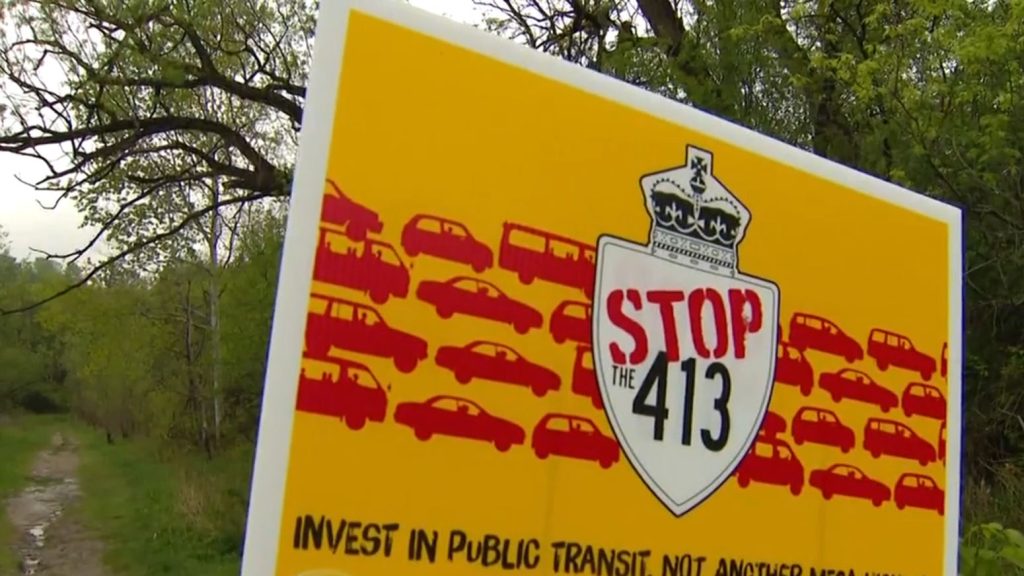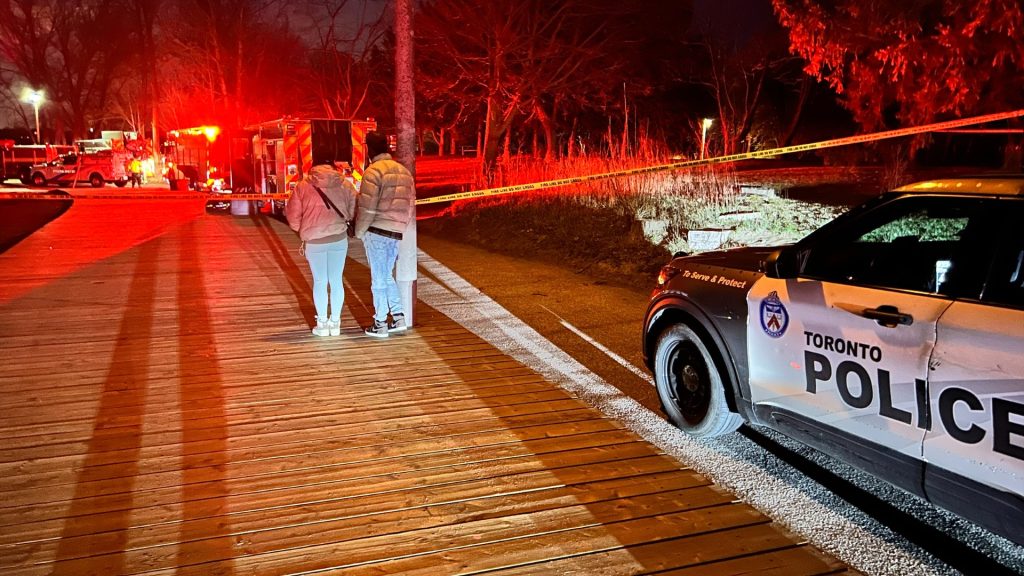Critics say Alberta government not doing enough about high oilsands emissions
Posted August 14, 2014 3:17 pm.
This article is more than 5 years old.
EDMONTON – Opposition politicians and environmental groups are criticizing the Alberta government for what they call a lack of response to data showing two air pollutants have exceeded trigger levels in the oilsands area.
“Monitoring is only the first of several steps,” New Democrat Rachel Notley said Thursday. “If it’s not associated with control, it’s meaningless.”
But government doesn’t know enough to pinpoint the sources, said Katrina Bluetchen of Alberta Environment.
“There’s more to it than saying, ‘This is the oilsands.’ We can’t develop the right strategy to address the issue until we really truly understand what that issue is and what is causing it.”
The report shows that sulphur dioxide and nitrogen dioxide — two chemicals that contribute to acid rain and smog — are creeping past levels supposed to trigger a progressively stricter government management response. Those levels are set at one-third and two-thirds the amounts considered harmful to human health.
Three out of 11 reporting stations already report annual averages of nitrogen dioxide above the first trigger. Six of the stations exceeded the trigger for short periods.
Two-thirds of the stations reporting higher levels were near oilsands facilities.
Seven stations reported hour-by-hour sulphur dioxide readings above the first trigger and another two went past the second trigger.
The company near one of those two stations was told to reduce its emissions and has installed a scrubber, said Bluetchen.
Although eight of the nine stations exceeding sulphur dioxide triggers were near industry, Bluetchen said more study is needed.
“If we’re going to develop a mitigation plan that really addresses the issue, we need to truly narrow it down. Is it caused by one particular company? Is it caused by cumulative impact of a number of companies using a particular process?
“Even if we know it’s industrial, there’s still more narrowing down and more work we need to do before we can put in place the correct type of response.”
Not good enough, said Amin Asadollahi of The Pembina Institute, a clean energy think-tank.
“For the government to come out and say, ‘We’ll continue to do a bit more monitoring and there’s nothing to worry about,’ that speaks to a lack of sense urgency on these matters.”
Asadollahi said the industry’s own figures show contaminants are only going to increase as development continues.
“It’s now time for government to act. Looking to the future, industrial modelling shows we will cross those thresholds.”
The data in Thursday’s release already dates back to 2012.
Notley suggested the government is using its environmental monitoring program as an excuse to avoid taking action.
“If the government is going to simply use these monitoring results as an invitation to engage in more monitoring, then it shows the whole plan is useless and it’s simply being used as a smokescreen.”
Greenpeace spokesman Mike Hudema agreed.
“It’s appalling that the tar sands air pollution warning light went off 18 months ago and the government still just wants to sit, wait and monitor the problem. The data is telling us that Alberta’s air quality is getting worse and, with the warning light already on, now it is time to act not delay even further.”
Bluetchen emphasized that the levels of the two contaminants remain below hazardous levels. She said the government needs more information.
“We need to look at what the numbers tell us over time. We understand that there are pressures in that part of the province
“We don’t want to reach a situation where it becomes a serious issue.”










